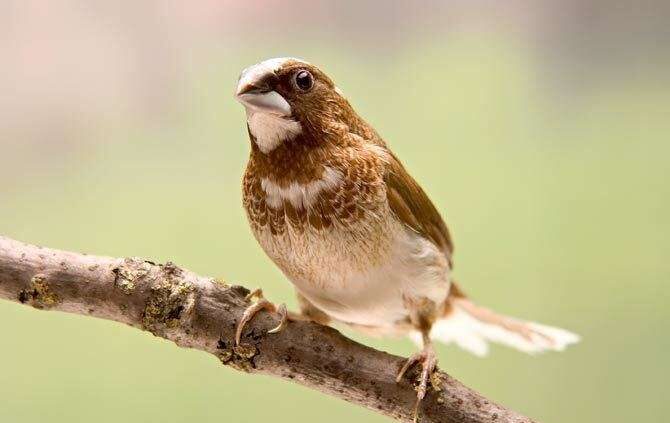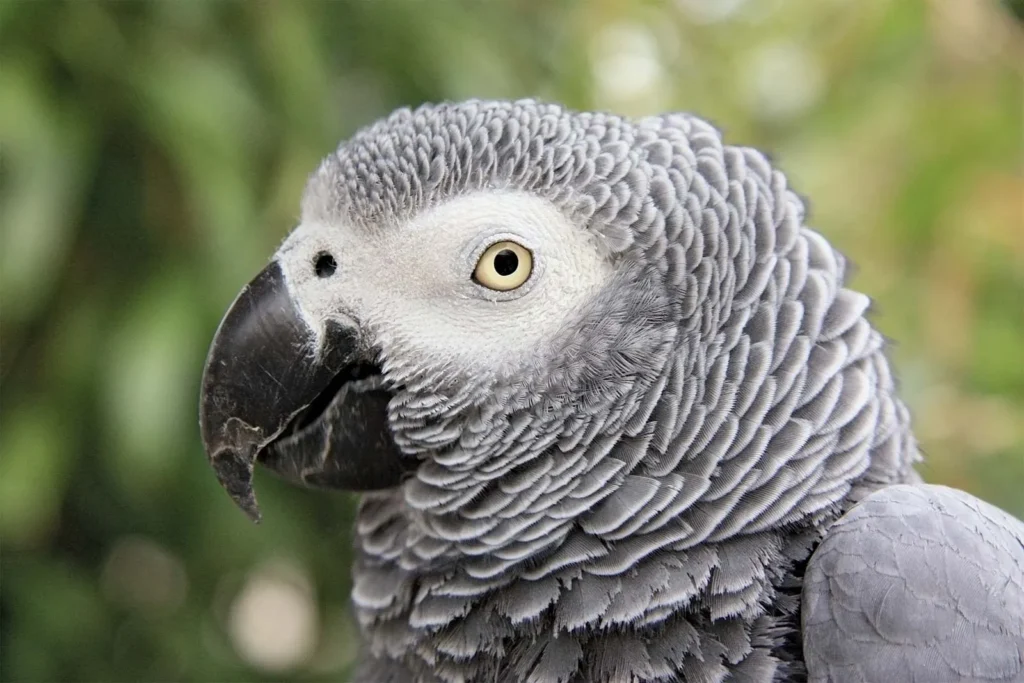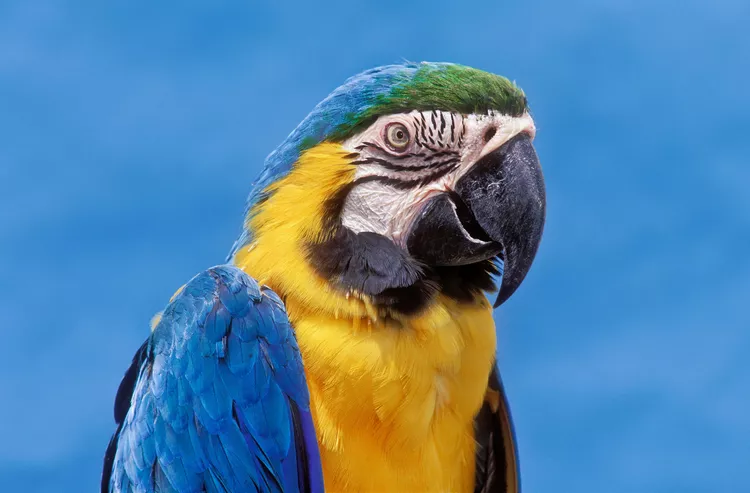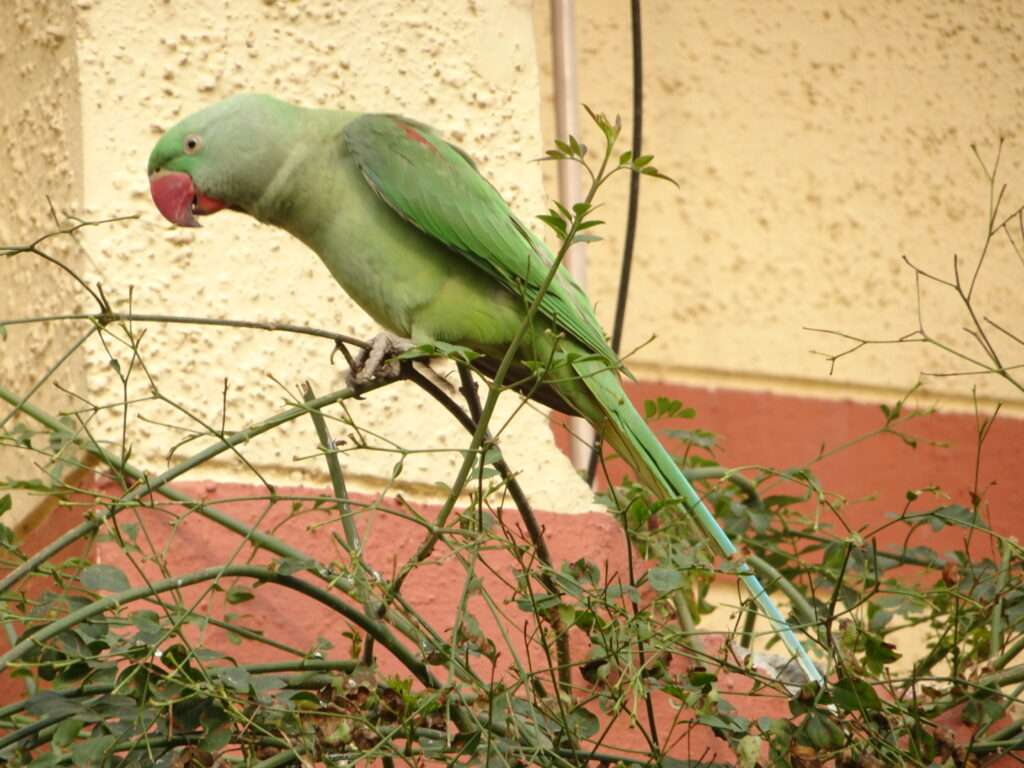
Description
Life span:
Bengali finch is another name for society finch. These birds are tiny and come in a variety of hues. Pied, fawn, and chocolate brown are just a few of the color variations that breeders have produced through selective breeding. Additionally, these finches engage with people and other birds in the area frequently, living up to their sociable reputation.
Due to their sexual monomorphism, it can be challenging to distinguish between male and female Society Finches. Silver at the bottom and dark gray at the top are frequently the two colors of the beak.
Habitat/Native Region
Society finches are unique among pet birds since they are extinct in the wild, unlike other pet birds. Sharp-tailed and munia finches, which are native to Asia, were crossed to produce this unique finch, a domesticated bird.
As Pet

Behavior
Society finches are difficult to handle not because they are antagonistic but because of their small size. Society finches are typically peaceful, although when not breeding or feeding, they can be easily startled and fly around their cages.
Finches are most likely to simply peck or lightly pinch a person if they do try to bite the person because of their tiny beaks. Finches make a few distinct noises, but they don’t talk or shout. These sounds are frequently described as beeps, chatter, and warbles, yet they can also sing.
The Society Finches adapt well to live in groups and thrive in environments with other birds. They can easily coexist with other bird species because of their calm, non-aggressive nature.
Care
Because of how active they are, society finches require a large cage to move around effortlessly. They thrive in settings that allow for social interaction, singing, and play without making them feel cramped. To keep the bird amused, the owner might add some perches and swings to the cage. Avoid overcrowding the cage as this restricts the bird’s ability to stretch out and move around freely.
Table





